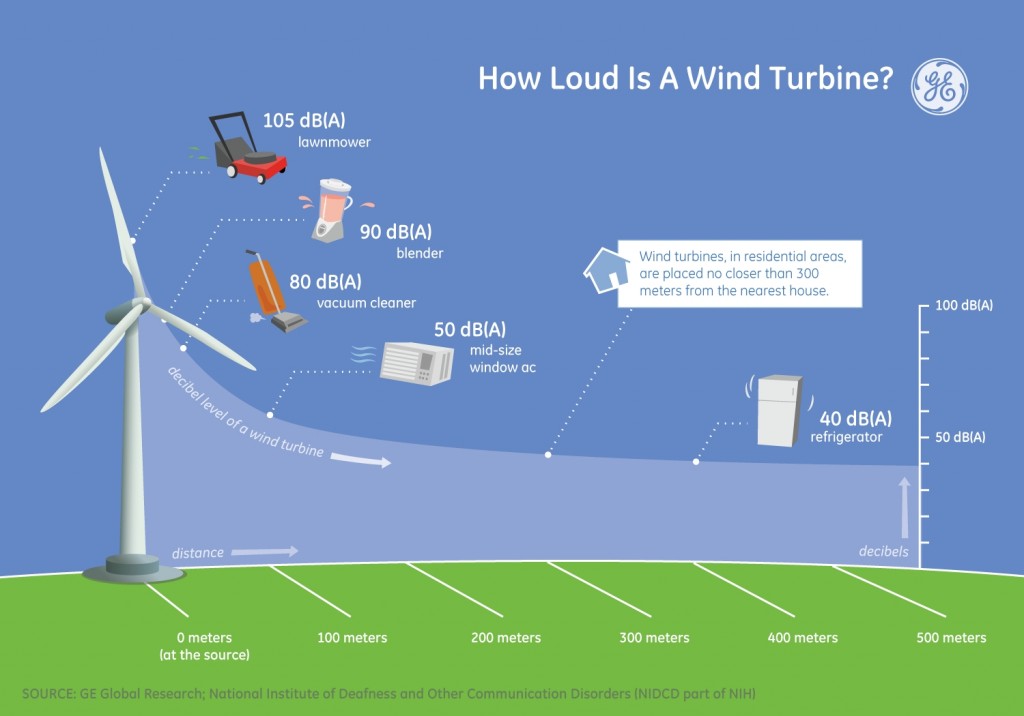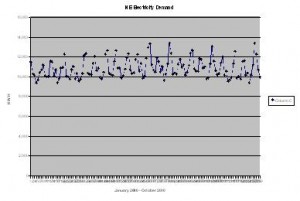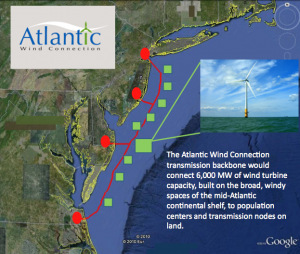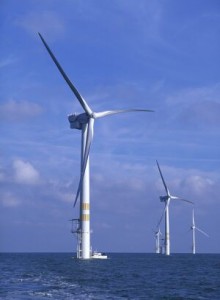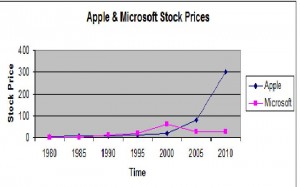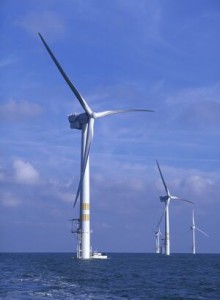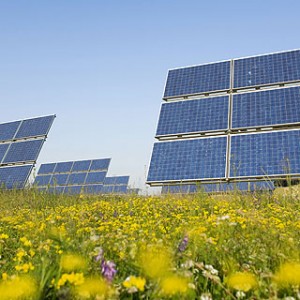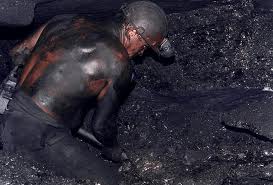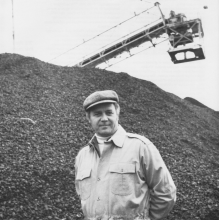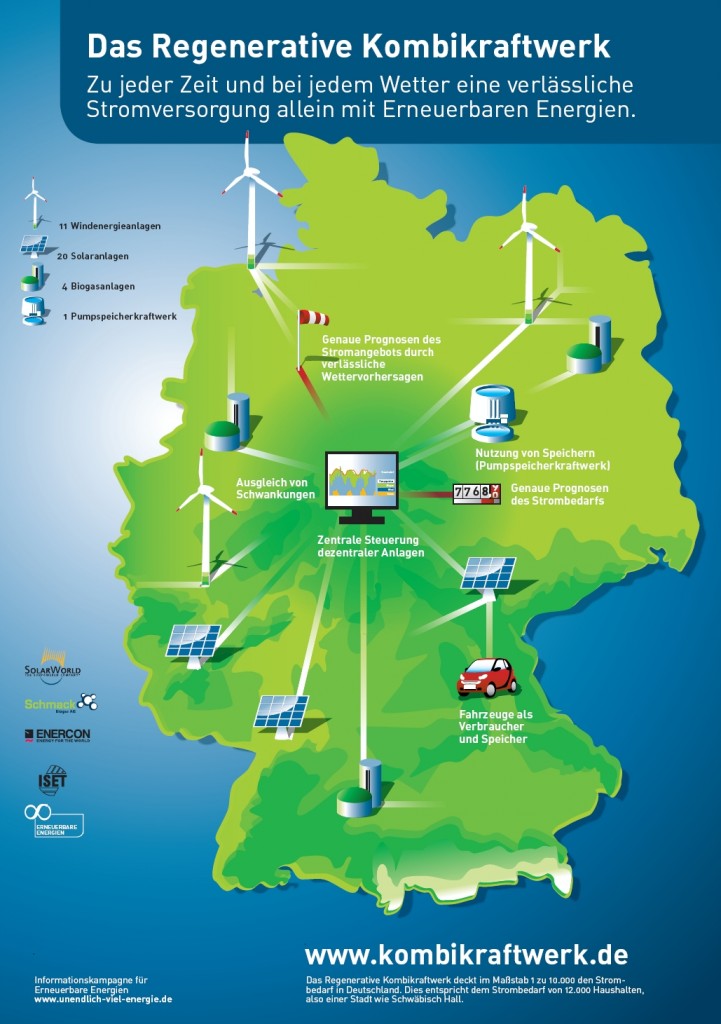President Obama thinks that every American should have access to health care. Judge Henry E. Hudson in Virginia, however, ruled that compelling people to buy health insurance is unconstitutional. (NY Times, New York Magazine, CNN)
President Obama is obviously correct. President Bush and Senator McCain might actually agree. Pres. ush, who appointed Judge Hudson to the Federal District Court, said in Cleveland, Ohio, July, 10, 2007, (1, 2), “People have access to health care in America. After all, you just go to an emergency room.” Sen. McCain repeated this during his 2008 campaign for the Presidency (click here). While this implies a form of universal health care, Pres. Bush and Sen. McCain, miss the nuance that emergency rooms are not primary care facilities (click here). Emergency rooms are designed for EMERGENCIES. They are not equipped to handle primary care (click here). (This is a ‘nuance’ big enough for an aircraft carrier to sail thru.)
Judge Hudson, however, may have a point. While it’s one thing to mandate that everyone have access to health care, it’s another to mandate that everyone patronize a set of investor owned or privately held enterprises. It’s like saying that every child must go to school, and must also go to a private school.
But if both Pres. Obama and Judge Hudson are right, is there a common ground?
Let’s look first at the uninsured. Continue reading

